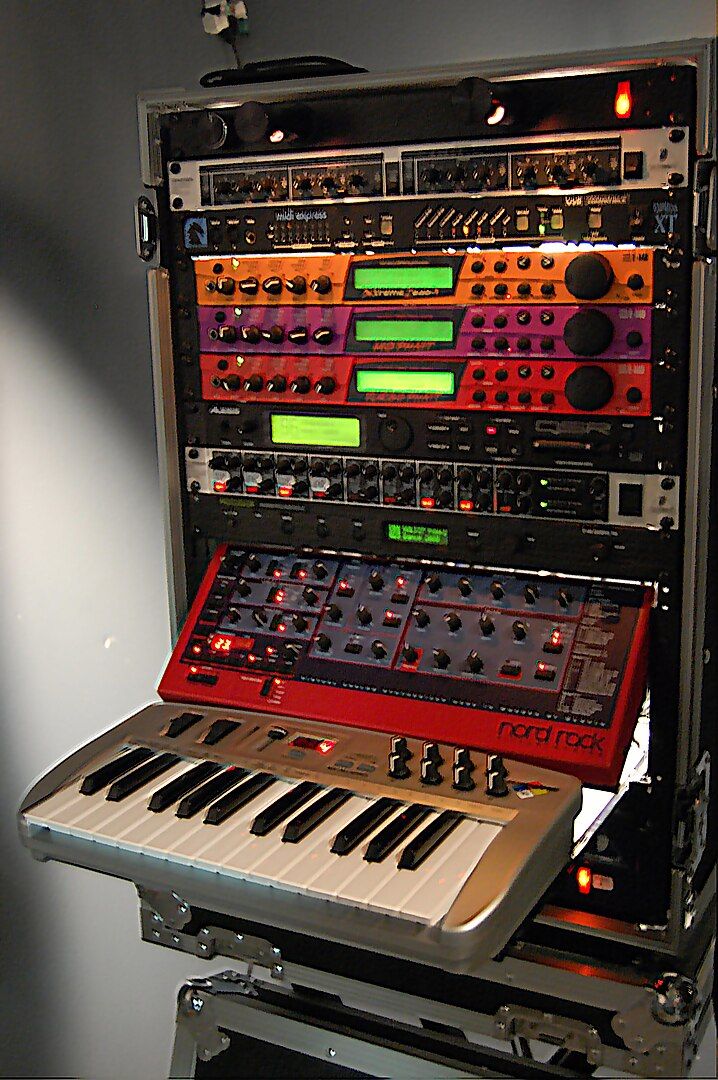
Music and the exact sciences have a relationship that has been known for centuries. In ancient Greece, Pythagoras found relationships between the sounds and weight of blacksmith hammers, trying to find out why they seemed to sound melodious when struck with an anvil. He discovered that a hammer half the weight of another produced a sound exactly twice as high in frequency as the other, i.e. one octave higher.
In the Middle Ages, composers filled cathedrals with the sound of masses and motets that were rhythmically and numerically proportioned to the same level of precision as the cathedrals themselves. Often the music was so complex that it was believed that only the ears of God could appreciate the numerical relationships, while mortals listened to the music.
Anyone who has attended a concert will have noticed that musicians count 1,2,3,4 or 1,2,3 before starting to play.
On the one hand, computing has spread to all fields of human knowledge. On the other hand, music itself is strongly related to mathematics. So it was very natural that both worlds overlapped to expand. One application of this union is what we know today as MIDI.
What is MIDI?
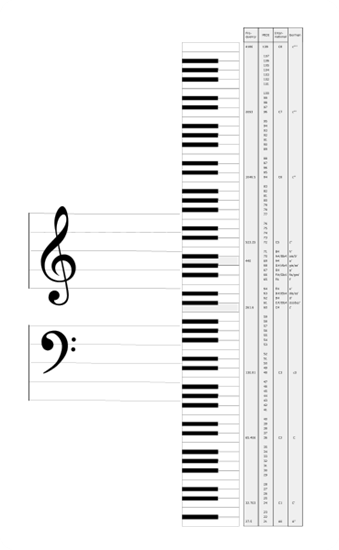
MIDI is an acronym for Musical Instrument Digital Interface. It was developed in the early eighties, as a result of the advances in electronic music at that time.
The MIDI standard was initially proposed by Dave Smith, president of the company Sequential Circuits in a document addressed to the Audio Engineering Society in 1981. The first specification was published in August 1983 and has changed little since then.
Some small modifications have been made in the form of subtle additions to the original MIDI code. As for the hardware that uses MIDI, today many devices such as controllers, synthesizers, generator modules and multitrack interfaces are practically unthinkable without MIDI implementation.
As hardware technology has changed, we now find new ways and ports to transmit MIDI messages beyond the original specification. Many devices still include the original interface implementation, in the form of a 180-degree 5-pin female DIN port. Others implement the protocol via an Ethernet, Wi-Fi, USB, or Firewire port. Finally, there are “hybrid” devices, which may have, for example, MIDI input and output ports, as well as a USB port that provides direct connection to the computer.
However, this goes beyond the physical connection. Today, MIDI is not just in musical instruments and computers. It is in cell phones, and many other products from well-known companies such as Microsoft, Apple, Nokia, Sony, Yamaha, and hundreds of other consumer product companies.
The most popular recorded music is written and performed on MIDI-equipped electronic keyboards (also known as “synthesizers”). Much music is also written on computers that use “sequencers” and/or “digital audio workstations.” Other MIDI musical instruments can also be used, including digital drums, digital guitars, wind instruments, and more.
Your computer probably has the ability to play MIDI files using a software synthesizer that responds to MIDI messages, and with an adapter from your machine you can connect other MIDI devices so you can use them to create music.
Even movie and television soundtracks are often created on MIDI instruments. With advances in digital sampling, synthesis technologies, and in the manufacturing and programming of ever more realistic-sounding digital musical instruments, the orchestra playing behind a big-screen blockbuster is more likely to be the product of a few MIDI devices than dozens of acoustic instruments.
In addition to the music creation and playback described above, MIDI has other interesting and popular uses. MIDI Show Control is a different set of MIDI messages, and is used for control and operation at events and theme parks.
This article has been published on my blog dedicated to Linux.

La música y las ciencias exactas guardan una relación que es conocida desde hace siglos. En la antigua Grecia, Pitágoras encontró relaciones entre los sonidos y el peso de martillos de herrero, al tratar de averiguar porque parecían sonar de forma melodiosa al golpearlos con un yunque. Descubrió que un martillo de la mitad de un peso de otro producía un sonido de exactamente el doble de frecuencia que el otro, es decir una octava mas alto.
En la Edad Media, los compositores llenaban las catedrales con el sonido de las misas y motetes que estaban proporcionadas ritmica y numericamente con el mismo nivel de precisión de las propias catedrales. A menudo la música era tan compleja que se creia que solo los oídos de Dios podían apreciar las relaciones numéricas, mientras los mortales escuchaban la música.
Cualquiera que haya presenciado un concierto, habrá observado que los músicos cuentan 1,2,3,4 ó 1,2,3 antes de comenzar a tocar.
Por un lado, la informática se ha ido extendiendo a todos los campos del conocimiento humano. Por otro, la música por si misma, esta fuertemente relacionada con las matemáticas. Asi que fue muy natural que ambos mundos se superpusieran para expandirse. Una aplicación de esta unión, es lo que hoy conocemos como MIDI.
Que es MIDI.

MIDI es un acrónimo de Musical Instrument Digital Interface, que significa Interface Digital para Instrumentos Musicales. Fue desarrollado a principios de los años ochenta, como consecuencia de los avances en la música electrónica de esa época.
El estándar MIDI fue inicialmente propuesto por Dave Smith, presidente de la compañía Sequential Circuits en un documento dirigido a la Audio Engineering Society en 1981. Las primera especificación fue publicada en agosto de 1983 y desde entonces han cambiado poco.
Se han realizado algunas pequeñas modificaciones en forma de sutiles adiciones al código MIDI original. En cuanto al hardware que emplea MIDI, hoy en dia muchos dispositivos como controladores, sintetizadores, módulos generadores e interfaces multitrack, son prácticamente impensables sin implementación MIDI.
Ya que la tecnologia de hardware ha cambiado, hoy encontramos nuevas formas y puertos para transmitir mensajes MIDI, mas allá de la especificación original. Muchos dispositivos todavía incluyen la implementación de la interface original, en forma de un puerto con conexión DIN hembra de 5 patas a 180 grados. Otros implementan el protocolo a través de un puerto Ethernet, WIFI, USB o Firewire. Finalmente, existen dispositivos ¨híbridos¨, que pueden tener, por ejemplo, puertos MIDI de entrada y salida, al igual que un puerto USB que proporciona conexión directa con el computador.
Sin embargo, esto va más alla de la conexión fisica. Hoy MIDI está no sólo en los instrumentos musicales y computadoras. Está en los teléfonos celulares, y muchos otros productos de empresas conocidas como Microsoft, Apple, Nokia, Sony, Yamaha, y otros cientos de empresas de productos de consumo.
La música grabada más popular está escrita e interpretada con teclados electrónicos equipados con MIDI (también conocido como “sintetizadores”). Mucha música también se escribe en equipos que utilizan “secuenciadores” y/o “estaciones de trabajo de audio digital”. Otros instrumentos musicales MIDI también se puede utilizar, incluyendo los tambores digitales, guitarras digitales, instrumentos de viento, y mucho más.
Su computador probablemente tiene la capacidad de reproducir archivos MIDI utilizando un sintetizador de software que responde a los mensajes MIDI, y con un adaptador desde su máquina se pueden conectar otros dispositivos MIDI para que pueda usarlos para crear música.
Incluso bandas sonoras de películas y televisión suelen ser creadas en instrumentos MIDI. Con los avances en el muestreo digital, tecnologías de síntesis, y en la fabricación y programación de instrumentos musicales digitales, con un sonido cada vez más realistas, cada vez es más probable que la orquesta tocando detrás de un gran éxito de taquilla en la pantalla grande, sea el producto de unos pocos MIDI dispositivos que de docenas de instrumentos acústicos.
Además de la creación de música y reproducción descritas anteriormente, MIDI tiene otros usos interesantes y populares. MIDI Show Control es un conjunto diferente de los mensajes MIDI, y es usado para el control y funcionamiento en eventos y parques temáticos.
Este articulo ha sido publicado en mi blog dedicado a Linux.
Source images / Fuente imágenes: MIDI.org
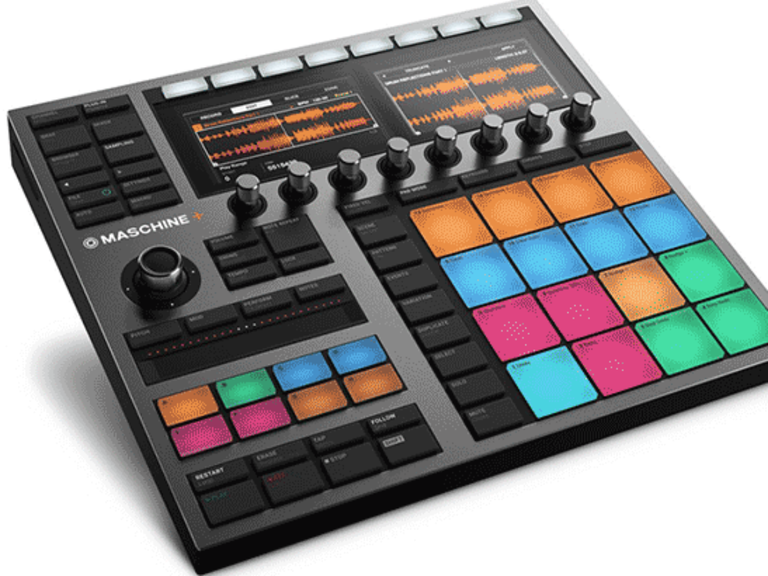
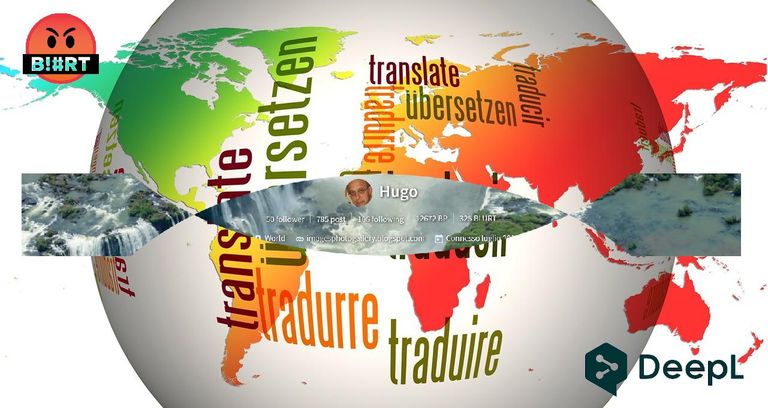


| Blogs, Sitios Web y Redes Sociales / Blogs, Webs & Social Networks | Plataformas de Contenidos/ Contents Platforms |
|---|---|
| Mi Blog / My Blog | Los Apuntes de Tux |
| Mi Blog / My Blog | El Mundo de Ubuntu |
| Mi Blog / My Blog | Nel Regno di Linux |
| Mi Blog / My Blog | Linuxlandit & The Conqueror Worm |
| Mi Blog / My Blog | Pianeta Ubuntu |
| Mi Blog / My Blog | Re Ubuntu |
| Mi Blog / My Blog | Nel Regno di Ubuntu |
| Red Social Twitter / Twitter Social Network | @hugorep |

| Blurt Official | Blurt.one | BeBlurt | Blurt Buzz |
|---|---|---|---|
 |  |  |  |

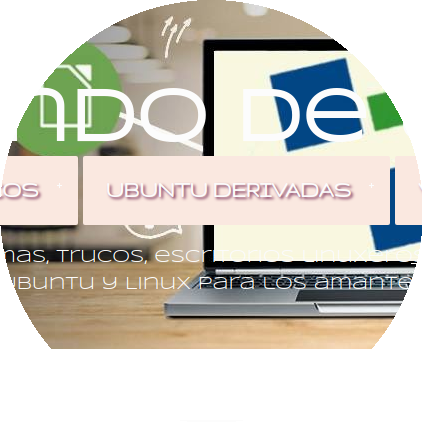 | 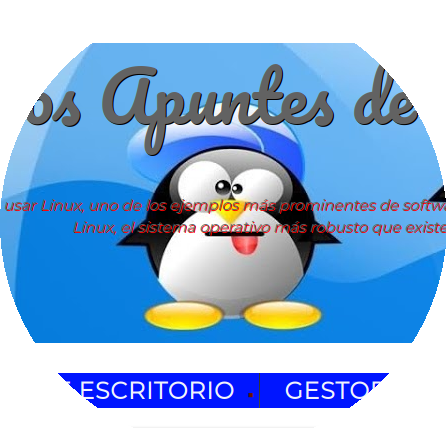 |  |  |
|---|

Upvoted. Thank You for sending some of your rewards to @null. Get more BLURT:
@ mariuszkarowski/how-to-get-automatic-upvote-from-my-accounts@ blurtbooster/blurt-booster-introduction-rules-and-guidelines-1699999662965@ nalexadre/blurt-nexus-creating-an-affiliate-account-1700008765859@ kryptodenno - win BLURT POWER delegationNote: This bot will not vote on AI-generated content
Thanks @ctime and curators team